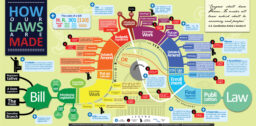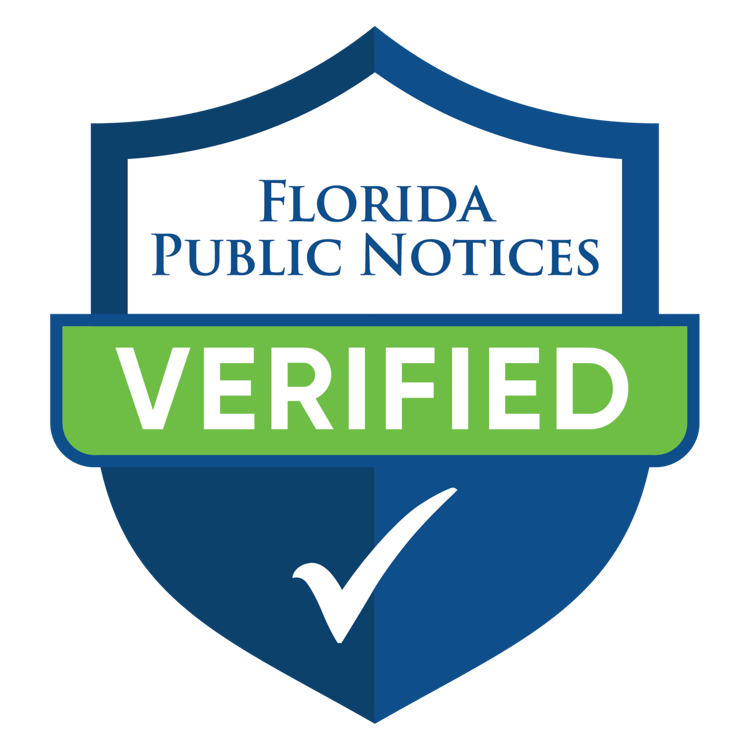 For over 20 years, newspapers and their state press associations turned back every bill that authorized government units to issue public notice via their own websites instead of local newspapers. That winning streak ended last year when the Florida legislature gave state agencies and local governments the option to post notices on county websites.
For over 20 years, newspapers and their state press associations turned back every bill that authorized government units to issue public notice via their own websites instead of local newspapers. That winning streak ended last year when the Florida legislature gave state agencies and local governments the option to post notices on county websites.
The new law, which took effect on Jan. 1, has one upside. It set in motion a vast experiment that will tell us what local governments do when given this choice. Five weeks into the new year an answer is beginning to emerge: It depends primarily on the motivations of local elected officials and the actions local newspapers take in response to the challenge.
There are 67 counties in Florida. In order to begin publishing notices on their websites, the law requires the 37 counties with population less than 160,000 to determine at a public hearing that their residents have “sufficient access” to broadband internet. So far at least two counties have held hearings and they were instructive.
The Citrus County Commission (pop. ~152,000) met last summer and later decided not to make the change. Their decision appeared to rest on a number of factors, including cost, insufficient internet access and, perhaps most importantly, citizen feedback and a strong local newspaper. According to a report of the hearing in that paper, the Citrus County Chronicle, the county’s chairman said the commission heard from many residents who wanted to keep notices in the Chronicle and none who preferred to see them moved to the county website.
That response wasn’t spontaneous. According to Florida Press Association (FPA) President Jim Fogler, the Chronicle rallied its readers by running print and online ads and editorials supporting newspaper notice. It also reached out to county officials. Fogler says the paper has deep connections in the community and they paid off. “Their readers showed up,” he says. The Chronicle’s campaign was so successful, FPA created a series of similar ads for its members to use in other counties. The trade group also created a “Florida Public Notices Verified” shield (see below) for its members’ websites.
The outcome wasn’t as happy in Sarasota County (pop. ~429,000), where the commission held a hearing with little notice on Jan. 18 and voted unanimously to move most of the county’s notices to its website. According to three people who attended the meeting, the commissioners appeared to have made their decision before they entered the meeting room. A half-dozen local newspaper executives were there but the commissioners chose to focus instead on those who didn’t attend. “Where are all your readers?” asked Commissioner Nancy Detert. “They’re not here. If it mattered to them, they would be here,” she concluded.
“The commission shows little concern about what effective notice requires,” says Matt Walsh, whose Observer Media Group owns five weeklies in the Sarasota area and is based there. “They just say it’s going to be cheaper without showing whether that is really the case. But more bothersome is whether people see the notices is not their priority.
“They never bothered to reach out to their public notice partners in the private sector before deciding to shift their notices to the county website,” continues Walsh, a member of the PNRC Board of Directors. “They never asked us, for example, ‘How do you do this?’ or ‘What would be the best way to make this transition’?”
Fogler agrees the commissioners’ primary motivator was the assumption that costs would go down once they moved notices to the county website. “It outweighed every other consideration,” he says.
According to FPA, at least ten other counties are either considering moving notices to their website or have already decided to do so. Those ten include Broward, the state’s second largest county, and Brevard, home of Rep. Randy Fine, who introduced legislation to strip notices from newspapers in just about every session after he was elected to the state House in 2016. Brevard has issued an RFP for the project. iPublish.com, now owned by obituary software provider Legacy.com, has submitted a proposal, according to someone who has seen their bid.
Florida isn’t the only jurisdiction conducting an experiment in government websites. In 2017, North Carolina passed a veto-proof law allowing Guilford County to operate a website on which it could post state, county and municipal notices as an alternative to publishing them in a local newspaper. Calling it a “pilot project,” the legislature also authorized the county to charge fees for notices published on the site by municipal governments and their subdivisions located within the county and to state agencies and individuals or organizations that need to run a local notice. The maximum fees range from $10 for state agencies to $450 for foreclosure notices.
The county seems to have made some progress since we last checked on it. Nevertheless, searching its public notice website and the North Carolina Press Association’s statewide site indicates that more than five years after the law took effect municipal, state, court and foreclosure notices in the county continue to be published in Greensboro’s daily News & Record and in the weekly newspapers High Point Enterprise, Jamestown News and Carolina Peacemaker. Guilford County’s only public notice customer appears to be Guilford County itself.
